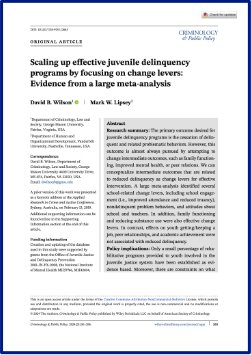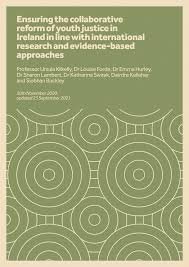By Fiona Dyer, Ross Gibson, Pamela Morrison, and Carole Murphy
In this new report, Youth Justice in Scotland: Still Fit for the Future?, CYCJ revisits the ambitious vision set a decade ago to make Scotland a truly rights-respecting nation for children and young people in conflict with the law. This report highlights Scotland’s progress over the last 10 years, including significant legislative milestones such as the Children (Care and Justice) (Scotland) Act 2024, the UNCRC Incorporation (Scotland) Act 2024, and the Age of Criminal Responsibility (Scotland) Act 2019.
The report is structured to provide a clear, thorough examination of Scotland’s youth justice journey. It first reflects on the state of youth justice when the original vision was set and acknowledges key policy, legislative, and practice changes that have shaped the field. It explores the critical role of children’s rights, including specific UNCRC Articles, and evaluates how these rights are (and are not) reflected in the current system. The report concludes by presenting eight new ambitions for the next decade, aimed at solidifying Scotland’s commitment to protecting and uplifting children and young people in conflict with the law.
Glasgow: Children's and Young People's Centre for Justice, University of Strathclyde, 2024. 25p.







